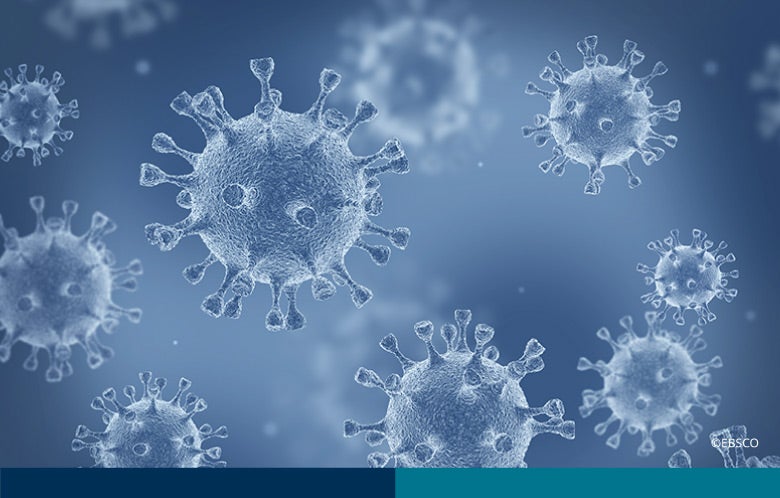By now, most everyone has heard about the COVID-19 outbreak in Provincetown, Massachusetts. According to the published CDC report, 469 cases of COVID-19 were identified in a cluster on Cape Cod, occurring shortly after the 4th of July holiday. Among those infected, 74 percent were fully vaccinated and genomic sequencing identified the Delta variant in 88 percent of isolates tested.
While it was surprising that so many vaccinated people were involved in this outbreak, the rampant misinterpretation in the media that followed was most alarming. Headlines and social media posts suggesting that vaccines were no longer effective against the Delta variant were not only a gross misinterpretation of the data but blatantly false and misleading.
To understand the rate of breakthrough infections after vaccination, instead of doing the math that revealed the 74 percent vaccinated cases/total cases, one needs to calculate vaccinated cases/vaccinated individuals. While the denominator for the Provincetown outbreak in this equation is unknown, it’s likely quite high. Provincetown is in one of the most highly vaccinated counties in Massachusetts (not to mention the country), meaning that the breakthrough infection rate remains low.
Another interesting piece of data from this report was that the level of SARS-CoV-2 in respiratory samples from vaccinated people was similar to samples from unvaccinated people. This contrasts with previous studies showing much higher levels of virus in unvaccinated people. Notably, the previous studies were conducted at a time when other SARS-CoV-2 strains were more prevalent before Delta was the dominant strain. And this data led the CDC to reverse its mask guidance for vaccinated individuals because the amount of virus is a correlate for contagiousness.
However, a similar level of virus at the time of diagnosis does not automatically translate to equal rates of transmission. First, vaccinated individuals are still much less likely to be infected than unvaccinated individuals, so contribution to community spread is already lower. Second, because the immune response kicks in faster and more robustly in a vaccinated person, the virus doesn’t stick around as long. That is, vaccinated individuals are contagious for less time than unvaccinated people.
While the Provincetown outbreak clearly demonstrates that it is possible for a vaccinated individual to transmit the virus to others, vaccinated people overall still contribute less to the spread of SARS-CoV-2. Vaccination remains the most effective strategy to limit the devastation caused by this new pathogen, but it is certainly not the only useful mitigation measure in the toolbox.
Clearly, the Delta variant is much more transmissible than previous SARS-CoV-2 strains. Current estimates suggest that Delta is about 50 percent more contagious than the Alpha variant, which was already 50 percent more contagious than the original SARS-CoV-2 strain.
This pandemic was always going to end when enough people are immune — preferable if mostly by vaccination, but also by surviving infection. This won’t eradicate SARS-CoV-2; it will always be with us, but the global population will no longer be vulnerable to its worst effects. That is, this “novel coronavirus” will no longer be novel. Because our bodies will recognize the virus, it may turn into a cause of common colds rather than life-threatening disease.
Until then, each additional mitigation measure employed by individuals and communities decreases the chance that the virus finds susceptible (right now mostly children) and vulnerable high-risk hosts to infect. Vaccination plus social countermeasures and testing, quarantine and isolation when appropriate, will ease the burden on healthcare systems, keep children in schools, and save lives.



